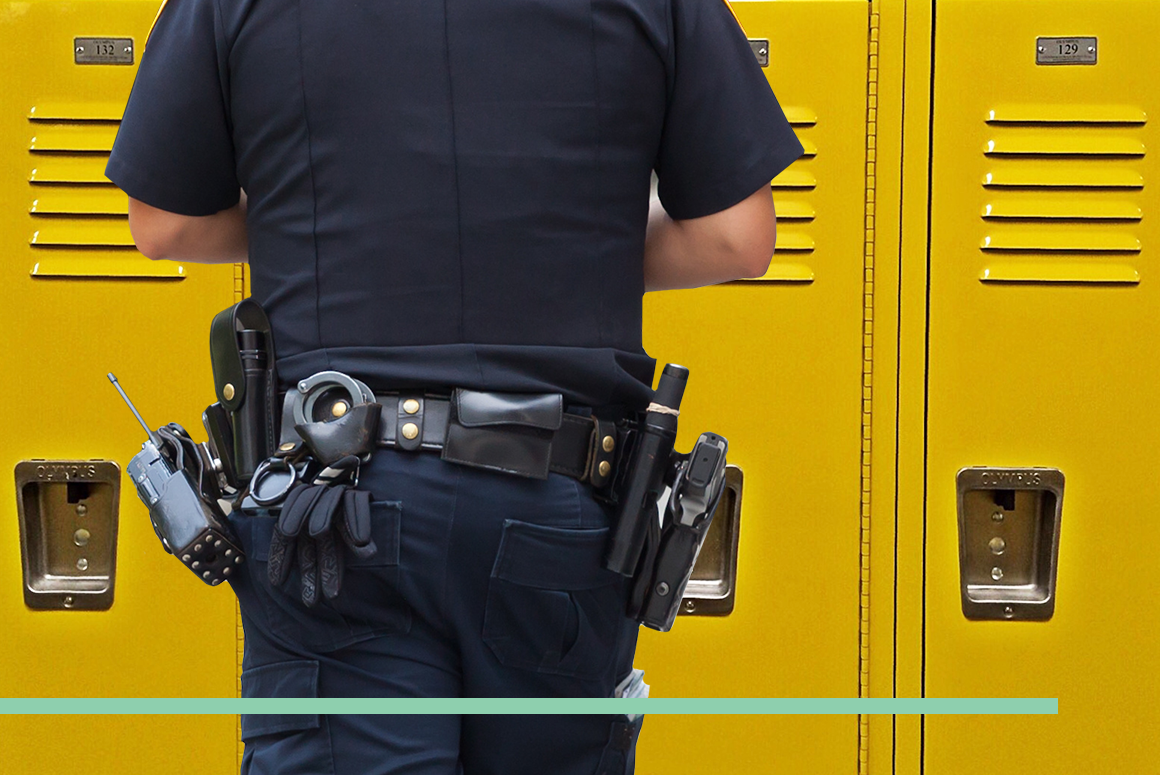Protect Students' Right to Learn Free from Censorship
Civil Liberties Union

This toolkit is designed for youth, parents and caregivers, educators, and other community members across New York State who want schools without police and are wondering how to make that happen. The NYCLU’s goal in creating this toolkit is to provide you with resources to begin the conversation around the impact of police presence in your school, and eventually shift towards a school culture that is safe, supportive, and does not require police. If you want a school that treats students as community members and not criminals, then this toolkit is a great place to start.
Below you will find background information, organizing tips, and sample documents that you can use to create a plan that makes sense for your community. We understand that every community has different needs and is in a different stage in this process. You can use some or all of what’s in the guide and, of course, add your own ideas to your plan, to create a path that makes the most sense for your community. If you need help, you can always contact us at schools@nyclu.org.